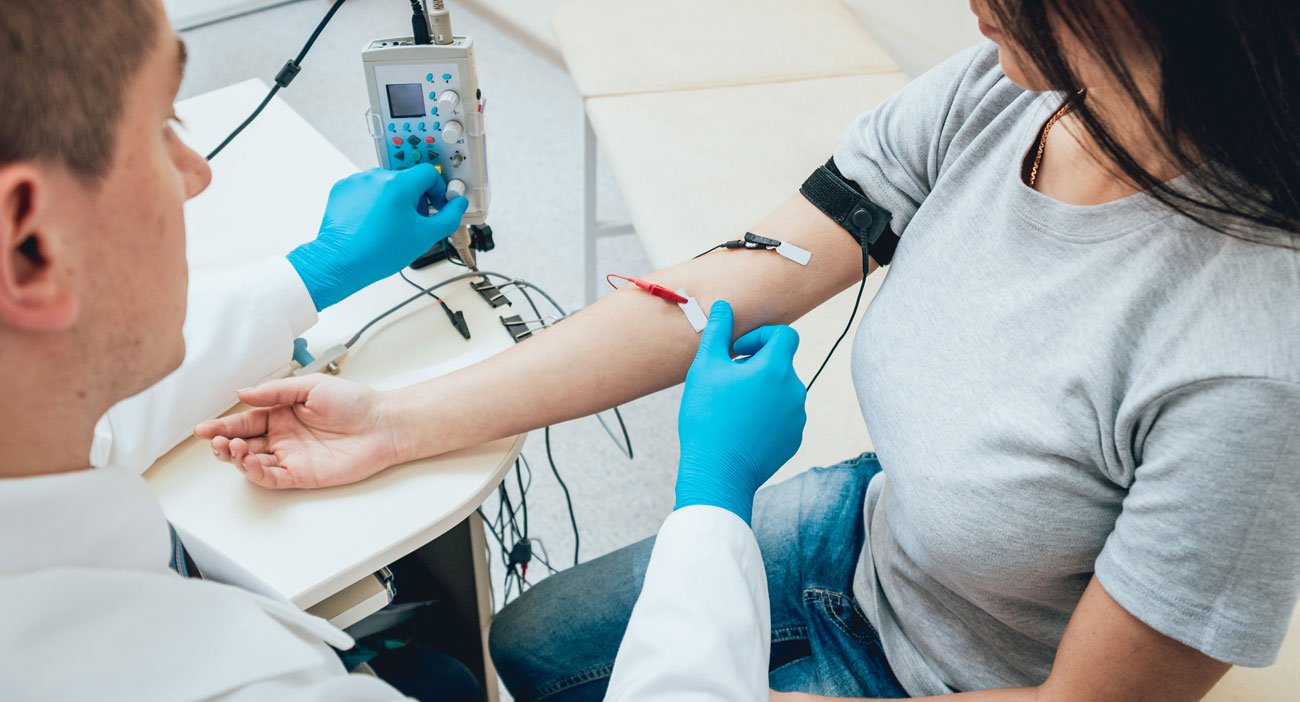EMG and Digital X-Ray
Electromyography (EMG) – Nerve Conduction Study
Electromyography (EMG) is a test that is performed in the office to diagnose disorders of muscles and nerves.
EMG consists of 2 parts: nerve conduction study (NCS) and electromyography (EMG).
The test may be performed for patients presenting with pain, numbness, tingling, or weakness of an extremity. It is helpful in the evaluation of patients with various neuromuscular disorders, such as muscular dystrophy, myasthenia gravis, radiculopathy, carpal and cubital tunnel syndrome, and neuropathy.
The test takes approximately 30-60 minutes, depending on how many extremities are being tested and is generally well tolerated. The NCS portion involves using small electrical shocks to determine nerve function and the EMG portion involves using a small gauge, acupuncture size needle to examine muscle function. Patients are advised to not apply lotion or powder prior to the test.
Digital X-ray
We offer on-site digital x-ray, which is a fast and simple way to perform an x-ray during your visit.
By offering digital x-ray on-site this allows us to use a very low dose radiation to take a detailed image of your affected bone or joint.
Digital x-rays are very helpful in orthopedic conditions. For example, they are used in assessing:
- Alignment of a bone in fracture care
- Position of a prosthesis after joint replacement
- Joint space in an arthritic joint
- Alignment of a joint that has been dislocated and reduced back to anatomic position
These are only some of the conditions that need x-ray imaging as part of the evaluation and diagnosis and we are pleased to offer this service onsite for your convenience.
Ready to Talk?
Contact Us


